The therapeutic system most closely linked to Feng Shui is Chinese Medicine, the two share an identical philosophical basis.
In an ancient Chinese text known as the ‘Yellow Emperor’s Classic of Medicine’ an entire chapter, the twelfth, is devoted to the effects of location on health. More than 2000 years ago when this, the first medical book in history was written, it was already known that the land you lived upon could directly affect your well-being. Something we are only now starting to understand and appreciate.
The chapter begins with the Yellow Emperor asking the question “When a doctor treats an illness, one illness can be treated in a number of different ways, but they all succeed, why is that?” The minister Chi Bo replies “This is because of the features of the land”.
The chapter then continues to describe five different regions based on direction (North, South, East, West and Centre), the people who live there, their common health problems, and appropriate therapies for treatment.
SPONSORED
Of course, they were talking about ancient China, but as you will see it can be equally applied to many other lands. In today’s world where there are so many choices for health treatment, both orthodox and otherwise, a little ‘direction’ can be very helpful indeed.
The North
“The north is mountainous, windy, cold and icy. The people of the north are said to live in the wilderness and tend toward Cold illnesses. Therefore, they should be treated with Moxibustion therapy, which developed there.”
Firstly, as mentioned above this is referring to the Northern reaches of Asia, but the same description could be applied to the European (Scandinavia), American (Canada/Alaska) and even Australian (Tasmania) continents as they approach the poles. (Of course in Australia this would be South, but it is the local conditions not the compass direction that is important here). All these regions are remote, at high elevations with colder temperatures.
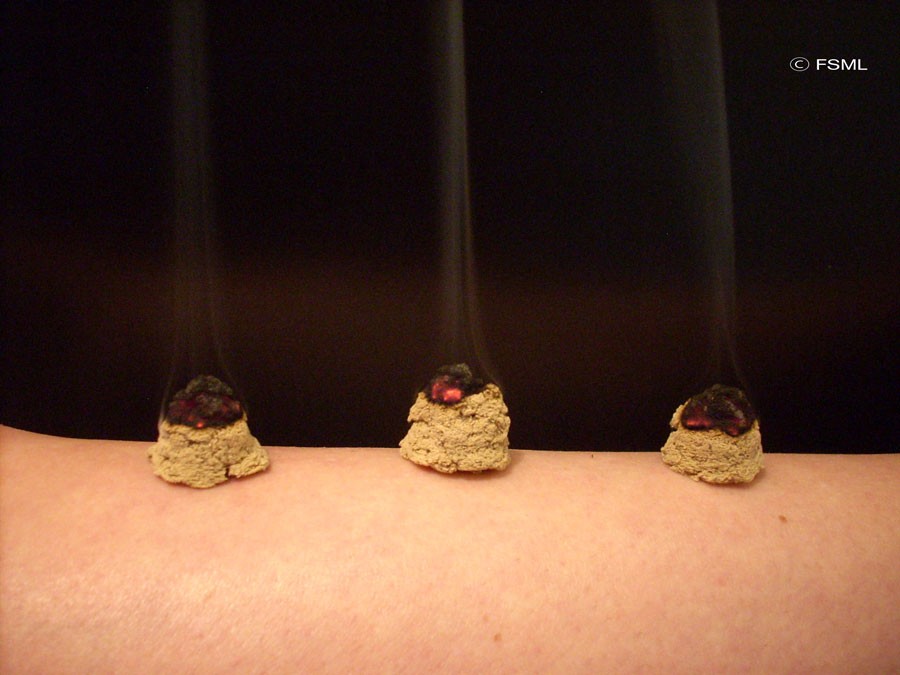
‘Cold illness’ is not just common colds. It can certainly include coughs, colds and flu’s but also indicates any illness caused by, or made worse by, the cold. These could include pain and arthritis worse in winter, poor circulation, digestive conditions that are aggravated by cold food and drinks, abdominal pain and cramping better for warmth, feeling fatigued and cold etc…
Moxibustion is the other, relatively unknown, half of acupuncture therapy. In China, the word we translate as just Acupuncture means ‘Needle and Fire’ or ‘Acupuncture and Moxibustion’. Moxa is a woolly herb called mugwort. When it is burnt over key acupuncture points around the body it produces a very pleasant sensation of heat and can have many health benefits. Think of it as the traditional Chinese version of a heat pack, but with far wider applications.
Moxa is usually used as a stick held above the body, attached to an acupuncture needle, or tightly packed ‘cones’ placed on the skin and extinguished before they reach it to avoid burns.
The South
“The south is very warm, the land is low and there is much water. The people of the south crave pungent foods, have red complexions and suffer from cramping. Therefore, they should be treated with needles, which developed there.”
This is a description of Southern Asia, but again this could be said of any region approaching the equator – the Mediterranean, the American south/Central America and perhaps even Australia (Queensland/Northern Territory), but again this would be the opposite direction. These areas are generally at lower elevations, have higher temperatures and have many rivers, lakes and waterways.
Worldwide it is common that cuisines in these warmer climates are more heavily spiced, it helps the body sweat and cool down. The complexion is no surprise, sunburn! Heat dries out the body’s tissues, leading to contraction of the sinews and pain.
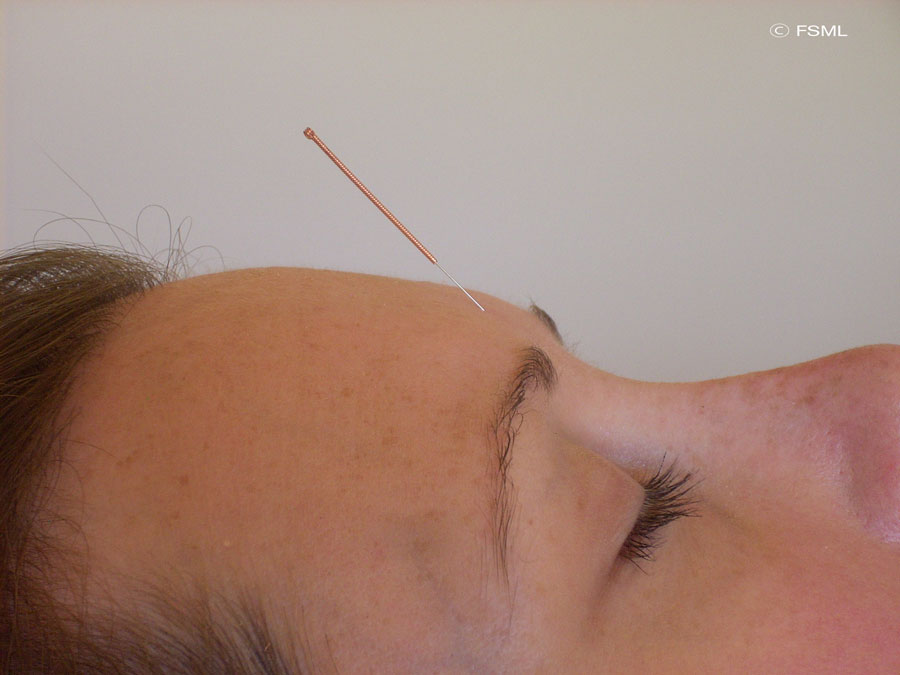
Acupuncture is the insertion of fine needles at specific points on the body’s channels to regulate Qi (‘Chi’) Energy flow. This in turn nourishes the body tissues and harmonises organ function. It is excellent in treatment of joint pains and inflammatory conditions. Whilst acupuncture is not entirely painless, the discomfort is far less than an injection, piercing, tattoo or other needling therapies.
Dry Needling is a very simplified and basic version of acupuncture (without any knowledge of acupuncture points) that only has very minimal training, commonly 2-4 days. It only has a limited application to treat some muscular-skeletal problems and is performed by health professionals skilled in different fields. Acupuncture takes many years to learn, treats the whole body and can safely benefit a wide range of chronic and acute conditions.
The East
“The east is where the sun rises and the land meets the seashore. The people of the east eat seafood, crave salt and have peaceful dwellings. Their diet causes heat in the centre, dries the blood and they suffer from skin diseases. Therefore, they should be treated with Bian-stones, which developed there.”
In Asia the east is the major coastline, but this is not the case globally. However, the description comfortably applies to any temperate coastal community – eating products of the ocean and having a nice view. The east coast of Australia, Eastern Seaboard of the U.S.A. and various coastlines of Europe.
On the whole these areas have the more expensive real estate and the lifestyle that goes with it. It is no surprise that the opulence can lead to dietary excess and as a result, allergies and skin conditions.
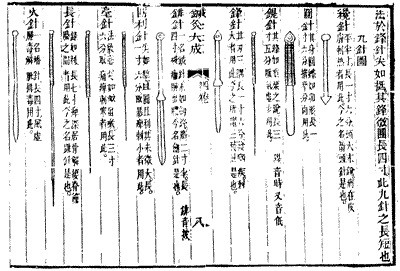
The Bian-stone was an early version of the acupuncture needle, a sharpened pointed stone that was used for bleeding. Nowadays it usually has a rounded tip and is used for massaging points, but to use a poor pun, this was not the point. Bleeding in Chinese Medicine was never a process of removing volumes of blood like it was in medieval European medicine. Traditionally is was the lancing of tiny visible veins on the skin, removing only a few drops of blood and easing local surface congestion.
Nowadays this is completed with a specially designed three-edged needle or a group of small points on a flexible stem known as a plum blossom needle or dermal hammer. Although not as popular in modern Chinese Medical practice, it is no more painful than regular acupuncture and can be very beneficial for a number of skin and other conditions. In 20 years of practice I have never had a client complain of me removing a small ‘spider vein’ for them.
The West
“The west is where sand, stones and precious metals dwell, it is dry and windy, the water and soil are hard. The people of the west wear little clothing, they eat rich fatty food so their bodies are strong and illness can only develop within. Therefore, they should be treated with Medicinal Herbs, which developed there.”
To the west in Asia are the great deserts, what we call the Middle East. Geographically the west, the direction of the setting sun, generally is hotter and drier. This clearly applies in North America (the Wild West), Australia (western Australia) but not in Europe, there the drier region is the east.
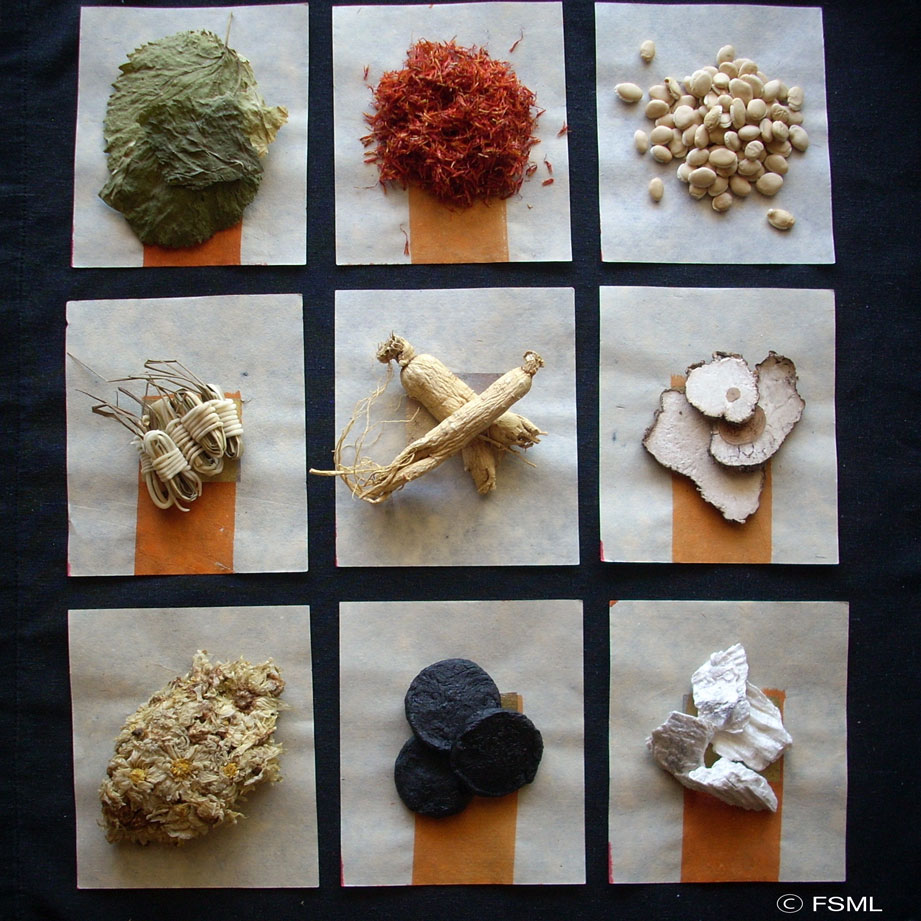
It stands to reason that people living here wear less clothing. Their diets are more heavily animal based due to difficulty in growing produce and as a result of this, paired with the harsh conditions, they develop strong physiques. Therefore, they are less likely to suffer from structural problems and relatively more likely to develop internal conditions of the organs. General health problems of the heart, lungs, kidneys, liver or stomach.
Medicinal Substances is a more correct term for what most would call ‘Herbal Medicine’. It is true in Chinses Medicine herbs are used – roots, stems, leaves, flowers, fruits and seeds, but in addition to plants, some animal products are used – mostly shells, horns, bones and insects, also many minerals are utilized. In Chinese Medicine single herbs are rarely prescribed – this is considered very basic level folk medicine, ie. “this herb treats this condition, that herbs treats that condition”.
They are usually carefully combined into a formula, making the treatment far more specific and minimising interactions and side effects. Sadly, some endangered species were used in the past – the two most infamous being tiger bone (for the joints) and rhinoceros horn (for the blood – it was never used as an aphrodisiac, that is a misinformed myth). Whilst the trade in these does unfortunately continue, it is not for use in Chinese Herbal formulas, they are just too expensive to be used. They are traded by the wealthy for their rarity and value, much like ivory, and should be equally condemned.
The Centre
“The Centre is where the land is flat and damp and many things grow. The people of the centre eat a variety of foods and do not exert themselves, therefore their diseases are weakness of the muscles and common colds. Therefore, they should be treated with Qigong, which developed there.”
Historically China considered themselves the centre of the world, and the centre of China was the cradle of their civilization – the Yellow River basin. Here the soil is very fertile and the land relatively flat, good for farming. Coincidentally both the ‘U.S. Grain Belts’ and the ‘European Green Zone’ run through the centre of those continents. However, in Australia the temperate zone best for agriculture is more southerly (Victoria). Again, the local conditions are more significant than the directions in this situation.
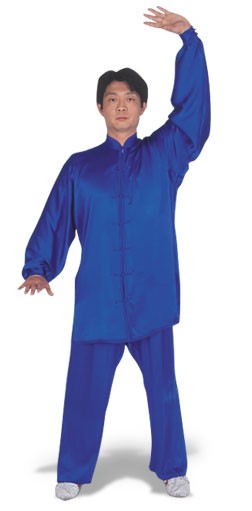
Wherever there is good crop growth there will be a good variety of produce to choose from and ideally, good diets. The ancients considered the inhabitants more likely to suffer from inactivity and general weakness – the ‘1st world problems’ living an easy life brings.
Qigong (pronounced Chi Gong but often spelt Chi Kung) is sometimes referred to as ‘Chinese Yoga’. It combines therapeutic postures or exercises with meditation and breathing techniques. The movement are usually slow and graceful and often mistaken for Tai Chi. In fact Tai Chi came much later and is the result of combining Qigong with Kungfu.
There are many different types of Qigong, some stationary sitting or standing, and some moving. The benefits are all similar though – maintaining health, alleviating illness, strengthening the body, increasing mental clarity and relaxation. Qigong is also used for healing where the practitioner manipulates the flow of Qi (Chi) in the body of the patient without touching them. To many, this may appear similar to the modern practice of Reiki but differs greatly in that it takes many years of basic training to be able to perform, has proven effectiveness and is a recognised medical profession used in hospitals throughout China.
The chapter finishes with the Minister Chi Bo concluding “The sages combined the different treatments, each having its proper place and suitability. While the treatments used differed, the illnesses all healed.” This tells us that no one therapy can treat all illnesses, but all can be useful in the correction situation.
Their point was not to suggest using only the therapy recommended based on direction, that’s too simplistic and literal a point of view, but to understand the variety of modalities available and their strengths. Choice must always be informed, and it is my hope that in reading this short article you will have learnt a little more about what Chinese Medicine, is and is not.
 |  |  |
![]()
SPONSORED





